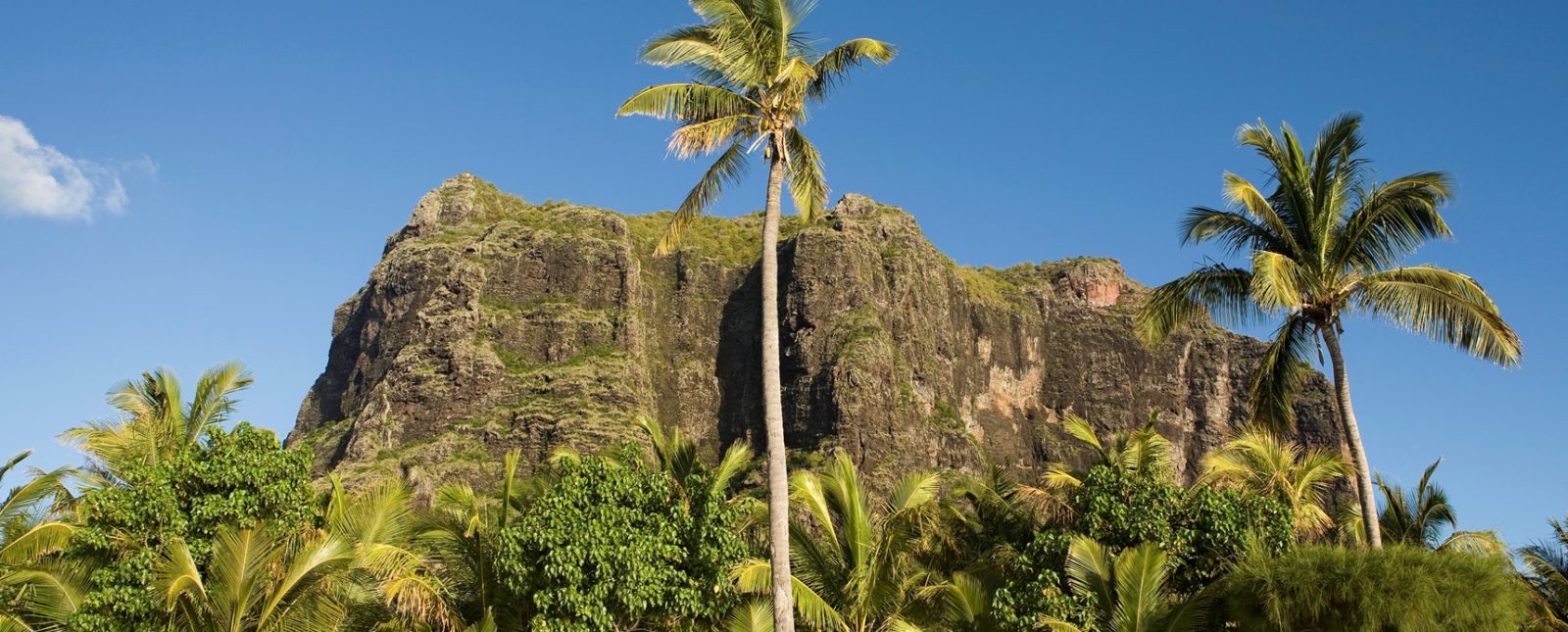Insights on the future pathway for the tourism industry

INTERNATIONAL TRAVEL IS BACK!
Caroline Moultrie, the Managing Director of MMGY Hills Balfour offers her insights and perspective to the future pathway for the tourism industry at the LATA Expo, a B2B event bringing together key suppliers from Latin America with buyers from the UK and Europe. She discusses the importance of Tourism to the world as well as some of the dramatic shifts we are seeing in consumer behaviour as a result of the pandemic.
GLOBAL PERFORMANCE
Needless to say, the global pandemic has taken its toll on lives and livelihoods. There has been no other sector more uniquely exposed than the travel and tourism sector.
A sector that contributed 10% of global GDP, that was responsible for 1 in 9 jobs on the planet and a sector that over the past 6 decades, outpaced the global economy in terms of its contribution to GDP and was forecast to outpace it for decades ahead.
However, in 2020, in just a matter of weeks, more than six decades of progress in travel were rolled back. The launch of the Boeing 707 in 1958 had marked the start of the Jet Age and the beginning of mass tourism. Jet aircraft and the rise of the modern visa system made international travel so commonplace one could almost take it for granted. Then, in response to a virus, international travel was effectively cut to zero.
The world openness score, a measure of open travel between countries by the Passport Index, found that international mobility decreased by 65 percent due to COVID-19, taking that measure to historical lows.
The result has been declines in gross domestic product and unemployment levels last seen during the Great Depression of 1929.
TRAVEL AND TOURISM IS A FORCE FOR GOOD
As we all know, Travel & Tourism is not only a sector that drives jobs and economic impact, it is also a sector that drives social impact and is a driver of change. It fosters poverty reduction, breaks down barriers and encourages diversity and inclusion like no other sector
It is also the only sector that has a special mention in the UN sustainable development goals, indeed it is mentioned within 3 of the 17 goals, which will be a topic of much debate at the upcoming COP 26 event in Glasgow.
Tourism is a vehicle that can lift communities out of poverty, that over-indexes on the amount of women employed, and also creates the species saving conservation dollars that protect our wildlife for generations to come.
THE DATA
In 2020, Travel &Tourism went from 10.4% of the world’s economy in terms of contribution to GDP to just 5.5%. 4.7 trillion dollars was eradicated from country revenues and jobs reduced from 334m to 272m, that’s a loss of 18.5% which relates to 62 million jobs that were lost around the world in our sector.
On a regional level, the impact seems even more stark. The variation in GDP differences is not huge compared to the variation in jobs losses. To many, this illustrates the impact of government support or furlough schemes in rich countries and the higher prevalence of self employed or entrepreneurs in developing countries.


2021 SO FAR
When we look at 2021 arrivals V’s 2019 with data from UNWTO, it suggests a reduction of -81% in Africa and -72% in The Americas, with South America 89% down V’s 2019. Therefore, despite the opening of countries and policies starting to settle around the world, our sector is way behind where we were in 2019.
Why are we not recovering as quickly as some had forecast?
One reason is the lack of certainty at a global level over policies which continues to hamper progress at pace.
Whilst domestic traffic was back to 85% of pre-crisis levels in July this year, international demand has only recovered just over a quarter of 2019 volumes.
The major problem stems from border control measures. Many are saying that Government decisions are not being driven by data, particularly with respect to the efficacy of vaccines.
People travelled where they could and that was primarily in domestic markets. A recovery of international travel needs governments to restore “the freedom to travel”. As Willie Walsh vocalised recently, when he said “at the very least, vaccinated travellers should not face restrictions”
REASONS TO BE HOPEFUL

International is starting to come back on line, people are feeling more confident and they want to travel, at scale.
Firstly, global air traffic IS steadily growing and the Airline industry is recovering gradually albeit RPKs are still estimated to be only 40% of pre-crisis levels.
Air cargo has recovered above 2019 levels and is a very good leading measure for the leisure and business air industry and is expected to remain strong in 2022 with the support of strong global trade.
Airlines are forecast to cut costs by 31% in 2021 Vs 2019 and the airlines that have survived are more efficient and fit for purpose.
Secondly, vaccine rollout continues to drive confidence and thirdly economic activity has been improving which has historically been associated with healthy demand for air travel.
A closer look into air travellers’ confidence is also promising and indicates that there has been a strong demand to travel. The development in the recovery of consumer confidence means that consumers are becoming less worried about their financial situation.
The results of IATA’s latest passenger survey for June show nearly 60% of the respondents plan to take a flight within a month or two, and another 30% plan get on the plane within six months or so.
LATIN AMERICA
From a global perspective Latin America has some further reasons to be hopeful:
Mexico and Central America are large markets with a lot of traffic to and from the US and these markets are a ‘known quantity’ for US travellers. To put this into context, we have seen a 30% increase in air capacity from the US to Los Cabos V’s 2019 capacity levels, and at the same time, international markets are starting to open up.
Low cost airlines like Volaris, Viva Aero-bus and Viva Air Colombia are performing very well, showing strong growth and have already surpassed their best records, set prior to the pandemic.
In the latest international news, the UK has simplified its travel restrictions and will remove 47 countries from its red list including Mexico which is a huge step forward and Ireland plans to drop almost all Covid-19 restrictions by the end of October.
UK
There is further good news coming out of the UK. With 283 billion dollars of savings sitting in our bank accounts and with 56 billion dollars expected to be spent in the next six months, 851,000 holiday makers in the UK alone are sitting on $1.1billion dollars of refund credit notes which have to be used on travel. We have already seen a huge surge in bookings as a result of the continued positive announcements from the government.
CONSUMER SENTIMENT
So who is going to travel and where should you focus your attention?
According to Euromoniter, affluent Millennials are one of the most robust segments – they have secure incomes, with a strong desire to travel and are less put off by the pandemic.
71% of Gen Z and millennials in developing markets, plan to increase their spending on travel in 2021, compared to 63% in developed markets.
Luxury family travellers are a source of higher value-generating tourism, so it is critical to understand their travel preferences. Travelling with a partner or spouse is by far the most preferred choice of companion for luxury travellers earning over 100,000 US dollars, followed by travelling with their children. Travelling solo or with friends is less popular.
With this insight into the importance of the family market, as travel brands and destination management organisations we really have to ensure that we align service with experience and offer across the customer journey – from inspiration, product, booking, in-trip and back home again.
THE GREAT OUTDOORS
In terms of trends, we are seeing strong demand for the great outdoors, the return of the road trip and a movement in ‘regenerative travel’ – the desire to deeply immerse oneself in local cultures and ‘give back’ to the destination leaving it better than you found it.
Passion’s, tastes and what is important have really changed in this new world of travel and it is really critical that businesses continue to listen to customers and give them what they want.
LOOKING FORWARD
Last year a key message was that ‘trust is the new currency’ and the move from ‘inspiration to invitation’ with a real focus on how to support local communities and destinations. This year, the message is that ‘international travel is back,’ albeit cautiously, but we all have a role to play in creating the next age of tourism and reinstating that “freedom to travel” that we have all missed so much.
Collaboration is going to be critical, between public, private and third sectors, but also across tourism and other industries.
Tourism will only really recover properly (and sustainably, or for the long term) if it takes the safety of travellers AND communities into account – knowing that vaccine equality is important.
Together we need to rebuild tourism jobs and re-think how we can rebuild confidence to attract employees back to the sector and encourage a scarred workforce to trust the sector again.
Perhaps now more than ever, we have the opportunity to rethink how tourism success is defined and measured. Destination success has previously been measured in visitor numbers and spend, but really there is a whole host of other ingredients that ladder up to success at a destination level. It is time to seize the day, and together, we can rebuild tourism in an inclusive and sustainable way for generations to come.
(Data has been sourced from WTTC, UNWTO, IATA, Euromonitor and Greenview)
